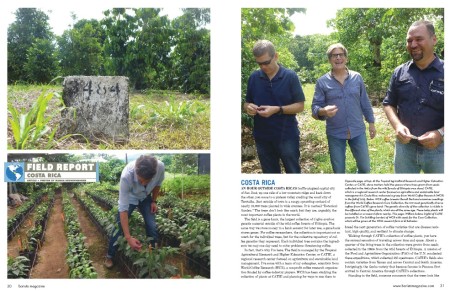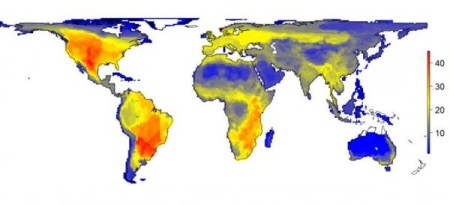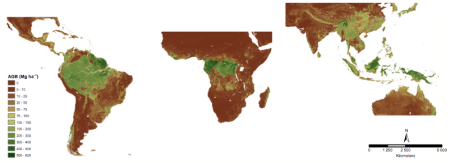I have nothing against jua kali. In fact, I love the informal sector, without which life would be a lot more expensive, and less interesting, back home in Kenya. But a piece in The Guardian extolling its virtues, by Aditya Bahadur and Julian Doczi, researchers at the Overseas Development Institute, says some funny things about “frugal”, “bottom-up” and “autonomous innovation” in potato cultivation in Peru.
Some organisations already recognise the value of autonomous innovations for resilience. Practical Action supported indigenous communities in the Peruvian Andes to find a local solution to food shortages caused by bouts of extremely cold weather.
An externally led response might have led to these communities importing food or relocating. Instead, Practical Action helped them to rediscover an ancient process of cultivating native potato varieties that can survive temperatures as low as -35°C. In this way, communities have found a solution that is aligned with their culture and diet to survive extreme weather.
At first I thought this was something to do with chuño, the freeze-dried potato of the Andes. But the link to the Practical Action website doesn’t mention anything like that.
There are 256 varieties of potato that can survive the harsh conditions of the high Andes. Practical Action is helping families living at altitudes of 3800ft to maintain this crucial biodiversity by developing varieties of local potatoes, as well as improve technical aspects of production. These methods ensure people are able to get enough to eat, as well as an income at local markets.
A revolving fund for accessing native potato seeds and seeders for local production has been set up. Ongoing technical assistance is being established through the training of 40 Quechuan farmers, chosen by the community themselves, as technological leaders.
So, help with conserving and accessing adapted local varieties, and technical advice and training on production methods. Worthy, no doubt, but hardly “autonomous innovation,” nor can either really be described as “rediscover[ing] an ancient process of cultivating native potato varieties.” I’m sure there’s some cool jua kali going on to do with potatoes in the mountains of Peru. But this isn’t it.
And 256 hardy Andean varieties? Really? Not 257, perhaps?


